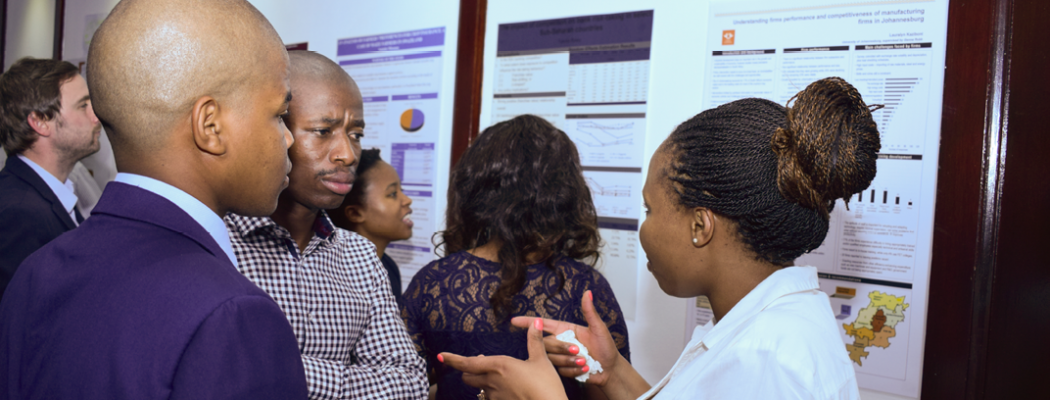Least cost integrated resource planning and cost-optimal climate change mitigation policy — Alternatives for the South African electricity system
This study provides a technical analysis of South Africa’s electricity future. We use the South African TIMES model and e-SAGE, which have been specifically updated for this analysis through modelling: compliance with air pollution standards , more realistic cost assumptions for renewable energy and batteries, and more recent estimates of Eskom’s coal fleet performance. We also analyse the role of the electricity sector in meeting South Africa’s mitigation objectives. The electricity sector is currently responsible for over 40% of South Africa’s GHG emissions, and since low-carbon technologies are now cheaper than high-carbon ones (Ireland et al, 2017), the sector will play a key role in implementing South Africa’s contribution to limiting warming to well below 2°C.
The findings have implications for the Integrated Resource Plan (IRP) 2018 that is currently being updated by the Department of Energy. Firstly, the study reiterates earlier findings that future supply will come primarily from wind and solar PV. Renewable energy plus flexibility provides the least-cost pathway for the electricity sector. No new coal or nuclear power plants feature in South Africa’s electricity future, and their inclusion would require subsidies from consumers (Burton et al 2018; CSIR, 2017; CSIR 2018; Ireland & Burton 2018; Steyn et al, 2017). Secondly, this study has also shown that a large-scale procurement programme for battery technology to provide storage capabilities for variable renewable energy should be pursued in South Africa. Third, retrofitting stations for compliance with the minimum emission standards (MES) is, for the most part, the least-cost option for the electricity sector (due to the relatively higher costs of new technologies in the period 2020–2025). It is cost-optimal to retrofit Eskom’s coal-fired fleet to meet the new plant standards by 2025 rather than retire them, except in the case of Majuba. There are potential cost and greenhouse gas emissions savings if compliance with the new plant standards is suspended for some stations (e.g. Duvha and Matla) and they are instead retired early. We propose that the Department of Environmental Affairs considers suspending compliance requirements for the best performing (in terms of pollutants) stations and in exchange Eskom agrees to retire the stations by 2030 at the latest. For the remainder of the fleet, Eskom should commence retrofitting the stations for compliance with the MES, subject to ongoing cost assessments (e.g. coal costs per station, which may alter whether a station should be retrofitted or retired).
Finally, this study has examined the effects on the electricity system, the energy system and the economy of a more ambitious climate change mitigation policy. We find that phasing out coal in the power sector by 2040 is cost optimal for South Africa to fulfil its commitment to the Paris Agreement goal of limiting warming to well below 2°C without significant impact on the economy, and that therefore South Africa can afford to be more ambitious in its mitigation policy. Reducing emissions below the level of the low-PPD by 2050 can therefore be achieved through rapid decarbonisation of the electricity sector and fuel switching. A well below 2°C compatible pathway is possible with only a 4% reduction in GDP in 2050 – translating to a delay of between 1 and 2 years in absolute terms in achieving the same economic growth level in 2050. The IRP 2018, which currently allocates more than 5Gt of greenhouse gases to the electricity sector, should therefore significantly reduce this allocation in line with an economy-wide, least-cost allocation of emissions space to different sectors.
about the Energy Research Centre.

